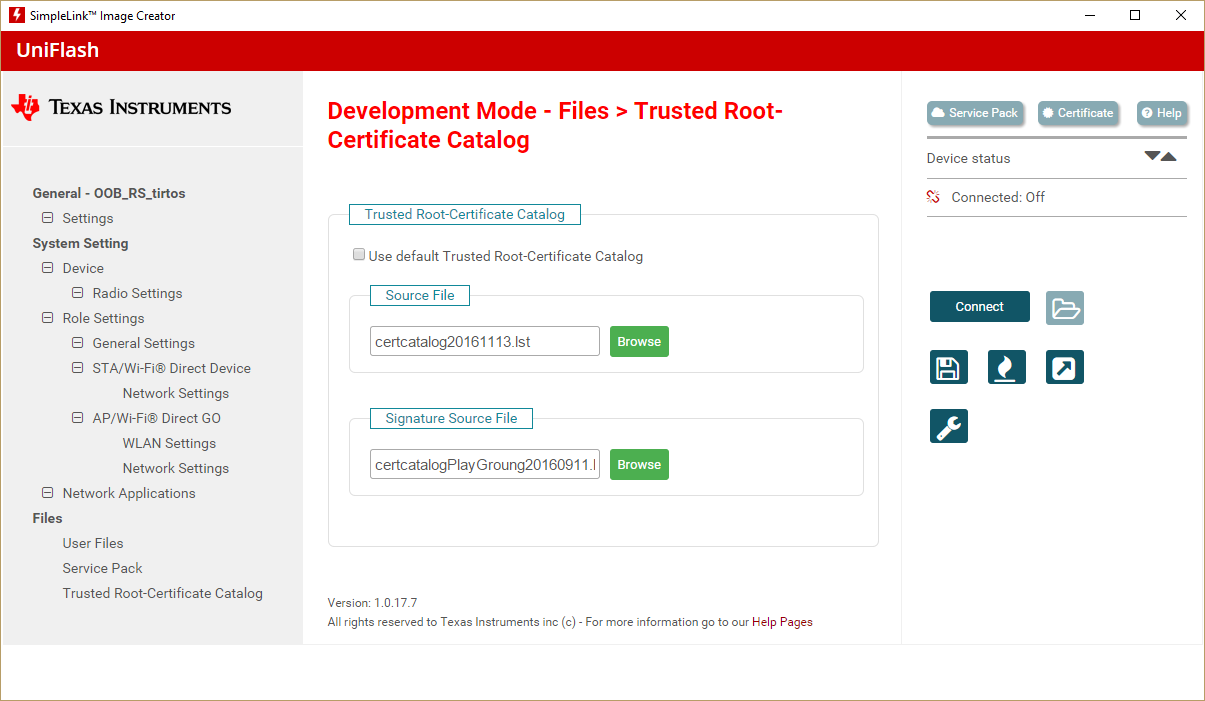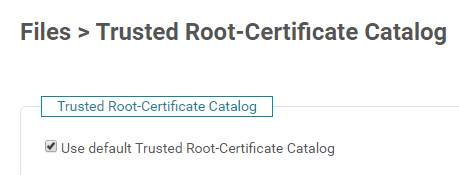Other Parts Discussed in Thread: CC3220S, UNIFLASH, CC3120
Tool/software: TI-RTOS
With the AWS IoT Shadow Sample I am having the usual troubles connecting to AWS with a full ROOT-CA Certificate.
I Followed these instructions, and have added the code to ignore the SL_ERROR_BSD_ESECUNKNOWNROOTCA error as per CC3220SF-LAUNCHXL: AWS IoT Error -24.
However, commenting this out should only be needed when working with an invalid root certificate, but I have a valid root certificate, in fact the same one as in the above post, but I still get the SL_ERROR_BSD_ESECUNKNOWNROOTCA error.
I loaded and executed the Java AWS_IOT_DEVICE_SDK_JAVA and it works fine as well, but it never uses a root certificate.
I'm wondering if it will ever work?
Is there a case where the root certificate is needed and works?






